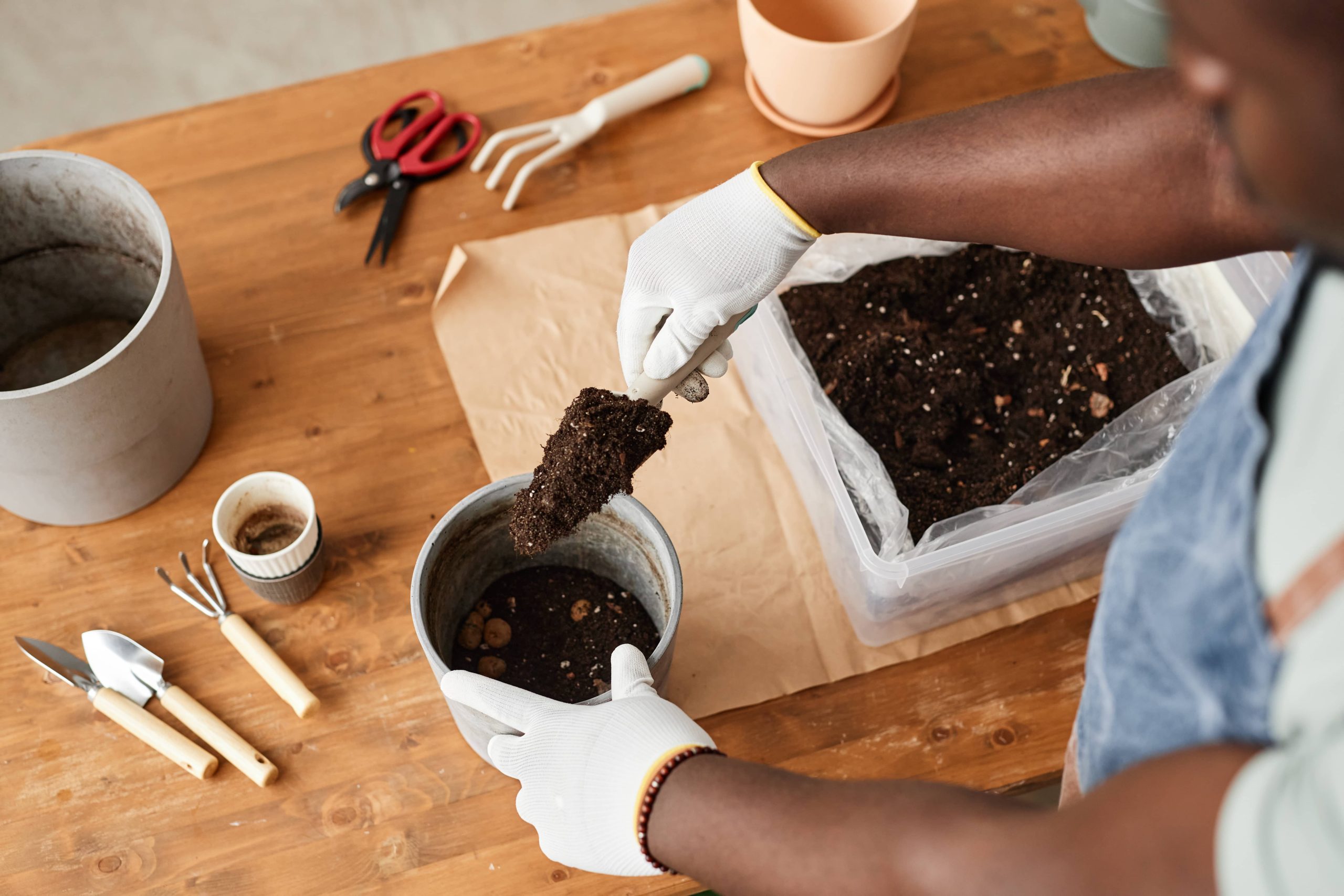
—
In a world where remote work has become the norm, having a functional and aesthetically pleasing home office is more important than ever. A key element of a productive work environment is a desk that suits your specific needs and style. Building your own home office desk not only allows for customization but also provides a sense of achievement and a personal touch to your workspace.
Here, I’ll guide you through the process of building a custom home office desk, taking into consideration practical design, material selection, and construction techniques. Whether you’re a seasoned DIY-er or a newbie to home improvement projects, this guide will help you create a desk that meets your needs and complements your interior design.
Step 1: Planning and Designing
The first step in creating your own home office desk is to plan and design it according to your needs and space. Consider the following elements:
– Space Requirements: Measure your available space to ensure your desk will fit comfortably without disrupting the room’s flow. Take note of nearby power outlets and windows for natural light.
– Functionality: Think about how you’ll be using the desk. Do you need extra storage, a larger work surface, or a place for multiple monitors? List your requirements.
– Style: Determine the style that suits your home and personal taste. Whether you prefer a rustic wooden look, a sleek modern design, or a vintage industrial vibe, your desk should complement your home’s décor.
– Budget: Establish your budget for materials and tools. DIY projects can often save money, but choosing high-quality materials can make a difference in durability and appearance.
Step 2: Gathering Materials and Tools
Once you have your design in mind, gather the materials and tools necessary for the project. Here is a basic list to get you started:
Materials:
– Wood: Choose a durable wood such as oak, pine, or maple for the desktop and legs. Plywood is another budget-friendly option for the surface.
– Wood Glue: This will be vital for joining pieces together.
– Screws and Nails: Ensure they are suitable for wood and varied in length for different tasks.
– Sandpaper: Various grits for smoothing wood surfaces.
– Paint or Wood Finish: To protect the wood and enhance its appearance.
Tools:
– Saw: A hand saw or circular saw if precise cuts are required.
– Drill: For making holes and driving screws.
– Tape Measure: To ensure accurate measurements.
– Square and Level: Essential for ensuring your desk is straight and even.
– Paintbrush or Roller: For applying finish or paint.
Step 3: Building the Desk
With your materials and tools ready, it’s time to build!
1. Cut the Wood
Start by cutting the wood according to your design specifications:
– Desktop: Cut a solid piece to the desired width and length. A standard desk is often around 60 inches wide and 30 inches deep, but adjust according to your space and needs.
– Legs: Depending on the style, cut four pieces for simple legs or frame supports if you’re creating a more complex design.
2. Assembling the Frame
Construct a frame to support the desktop:
– Join the Legs to the Frame: Connect the legs to a rectangular frame that will support the desktop. Use wood glue and screws for stability.
– Cross Bracing: Add diagonal braces to the back of the frame to prevent wobbling and increase strength.
3. Secure the Desktop
– Mount the Desktop: Place the desktop on the frame, ensuring an even overhang on all sides. Use screws to secure it from underneath, maintaining a clean surface.
4. Add Additional Features
Consider adding features to increase functionality:
– Drawers or Shelves: These can be installed beneath the desk for additional storage.
– Cable Management: Drill holes for cable grommets, or attach clips and ties underneath to keep cords organized.
Step 4: Finishing Touches
The final step in your project is applying the finishing touches:
– Sanding: Thoroughly sand all surfaces to remove rough edges and splinters.
– Painting or Staining: Apply your chosen paint or wood stain, and finish with a clear lacquer for protection.
Step 5: Set Up Your Workspace
Once your desk is complete and dry, move it into position in your home office:
– Arrange your computer, lamp, and office supplies, ensuring easy access and efficient use of the space.
– Add personal touches such as photos, plants, or art to make the space inviting.
Conclusion
Building your own home office desk is a rewarding project that enhances your workspace with a personalized touch. By carefully planning, choosing quality materials, and taking your time during assembly, you’ll create a desk that not only meets your functional needs but also reflects your style and creativity. Take pride in your handmade desk, and enjoy the productivity boost that a custom workspace can bring.
By following this guide, you’ll not only have a new piece of furniture but also the satisfaction of having crafted a vital part of your home office with your own hands. Happy building!







